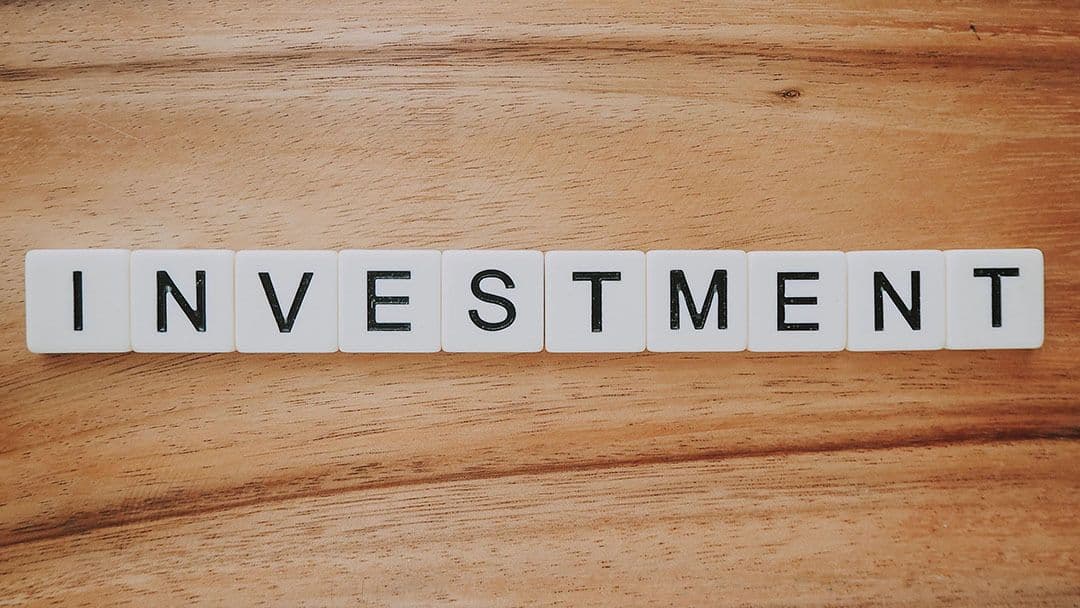Howtoreducethecarbonfootprintofyourwebsitewithwebeco-design

How to reduce the carbon footprint of your website with web eco-design
Eco-design is a design approach that aims to minimize the environmental impact of products, services and systems by integrating environmental considerations from the design phase.
Eco-design can be used to reduce the carbon impact of websites by taking into account the different aspects of their life cycle, from design to implementation, through use and end of life.
Here are some examples of measures you can take to reduce the carbon impact of your websites through eco-design:
Use eco-efficient technologies for site design and development, such as JavaScript frameworks and libraries that are optimized for performance and power consumption.
Optimize site performance by using lazy-loading methods for non-essential resources, minifying and compressing files, and using CDNs to reduce load times.
Reduce the amount of data transferred by using lightweight file formats and optimizing images and videos to be smaller and easier to load.
Use eco-efficient servers to host sites, choosing providers that use renewable energy sources and implement carbon footprint reduction measures.
Encourage users to use eco-efficient browsers and enable power management features, such as dark modes and sleep features.
To sum up, eco-design can help you reduce the carbon impact of your websites by taking into account the different aspects of their life cycle and by using eco-efficient technologies and methods.
It is important to research and learn about the different options available to choose the solutions that best suit your needs and environmental goals.

Articles of the same category

What to consider before making a website?
10.05.23
Business, Company
ESlint, aka how to clean code in JavaScript?
17.04.23
JS
Investments in startups and alerts
31.01.23
Business